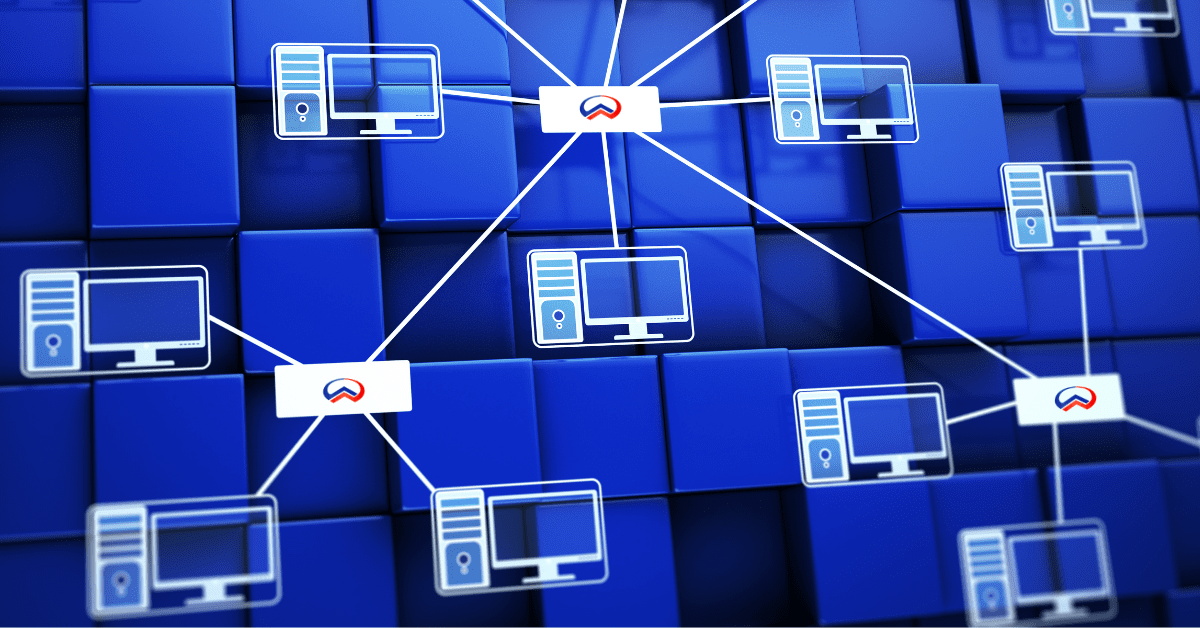Business growth in the modern world heavily relies on IT expansions to enable greater functionality and efficiency. However, these expansion plans require not just demanding management but also excellent security which is only achievable if you have network assessment tools available.
The network assessment checklist serves as a guide that helps to simplify the process and points out the important components of network assessment that shouldn't be left. Let’s begin by exploring what a Network Assessment Report is and how it works. Network Assessment Report helps identify any setbacks that can hamper your performance either due to communication issues or malware or viruses. Based on the SWOT analysis, these reports allow you to generate complete documentation along with the steps to rectify the issues that can otherwise cause serious damage. What’s covered in a Network Assessment Checklist:
1. Bring Your Own Device (BYOD) Policy
Despite all the safety measures and control mechanisms, your employees will be bringing personal devices that will interact with your network. This can cause slow speed due to an increase in bandwidth, definitely more security risks, and thus call for an effective BYOD policy. Having an operative BYOD policy aids in managing how external devices interact with your network resulting in reduced risks.
4. Assess Network Infrastructure Issues
Your system’s hardware and software components make up your Network infrastructure. Knowing about your infrastructure and its needs is a crucial step. Missing licenses, forgotten firewalls, or out-of-warranty equipment can cause disruptions and may take hours of effort before they are even identified. The best way to deal with issues of this nature is to have a network map in place that can assess your infrastructure.

